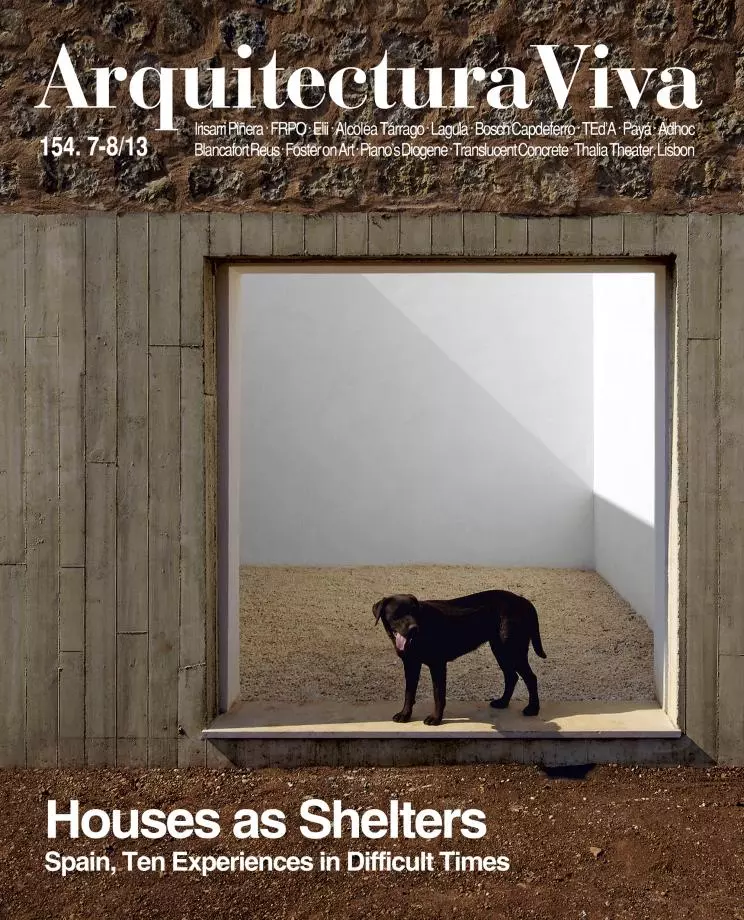
In troubled times, a house offers shelter. If the world around is out of joint, the temptation to shut oneself in the amniotic penumbra of the private realm is understandable, because the domestic isolates us from the convulsions of the world outside. After the devastation left behind by the Lisbon earthquake, Voltaire wrote Candide, a caustic story in which Panglossian optimism is challenged every step of the way by the misfortunes of its protagonist, reaching the melancholy conclusion that, once the ambitious collective projects have been given up, “il faut cultiver notre jardin”. During crisis, the garden of architects is often the small residential project, a professional refuge that allows them to go on working and exploring while the economic depression continues withering the landscape of building, and a private space to protect its dwellers from the afflictions that the decaying public sphere casts upon us.
Always having to stress that the freestanding house should not be the center of architectural attention can indeed be wearisome. Both for ecological and ethical reasons, the architects’ shared intelligence is of better service in collective housing than in individual homes. In the field of ecology and energy, the limited occupation of the territory that compact residential developments allow is undoubtedly preferable to the waste of resources that comes with sprawl; and in the more imprecise terrain of ethical elegance, it will always seem more desirable to put talent and effort at the service of the objective demands of a population than to focus on giving built form to individual tastes. Alejandro de la Sota thought that designing houses was licit only if they served as a constructive or functional test for large-scale works with a more general purpose, and his strict demand is probably still valid today.
Even though the sociology of housing should prevail over the psychology of the house, the ones included here offer a credible portrait of Spain today, because their individual features all together compose a pixeled landscape whose profile speaks of a country going through hard times, where the endless economic crisis is accompanied by a feeling of disappointment with the common spaces and institutions that draw us away from the public domain, pushing us into the mild refuge of the domestic. These captivating residential tesserae form a friendly mosaic with analgesic virtues, but ignoring our problems will not make them go away: sooner or later we will have to leave shelters behind and embark on the reconstruction of the collective realm. In the end, no introverted space can be totally safe from social catastrophes, which tear the walls of houses and destroy the most well-kempt gardens.





